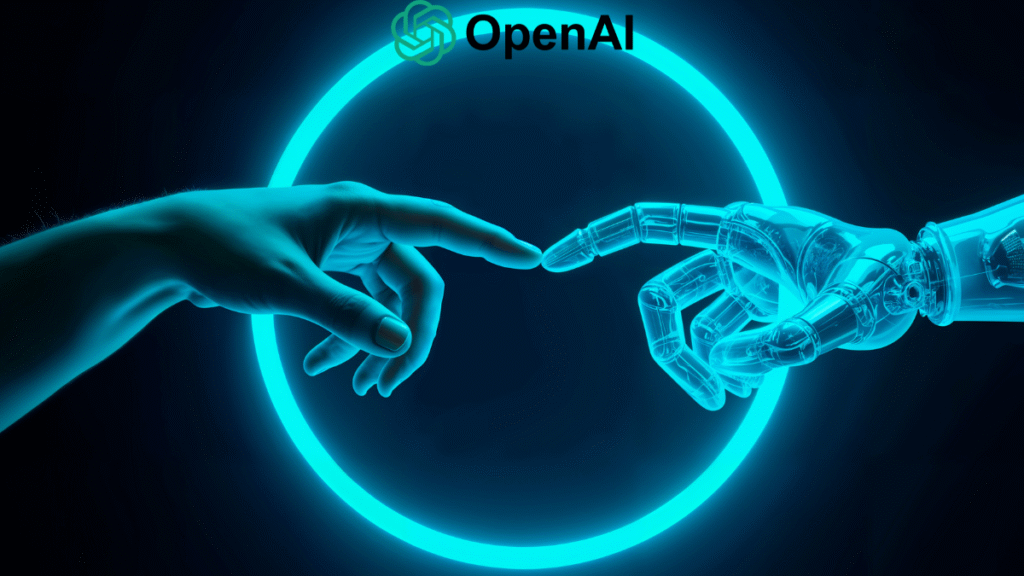OpenAI has officially released its first open-weight AI models under the GPT-OSS banner, giving developers, researchers, and businesses full control over how and where they use artificial intelligence.
In a groundbreaking move, OpenAI is offering GPT-OSS-120B and GPT-OSS-20B, marking its first open-weight model release since GPT-2. These models are not limited or experimental; they are fast, efficient, and built to support real-world AI use cases across industries.
What Is GPT-OSS?
GPT-OSS (short for Open Source Series) is a new line of AI models developed by OpenAI, designed to be run locally or on enterprise hardware. These models offer full access to their weights and architecture, making it possible to deploy, adapt, and optimize them however users see fit.
With GPT-OSS, OpenAI breaks away from traditional cloud-only access, giving users unmatched flexibility and privacy in how they run generative AI.
Key Features of GPT-OSS Models
- Open-Weight Access: Unlike previous OpenAI models, GPT-OSS lets users download and use the models on their own infrastructure no API calls needed.
- Local Deployment Ready: The GPT-OSS-20B can be run entirely on a local machine, while GPT-OSS-120B is optimized for a single enterprise-grade GPU.
- Easy Customization: These models can be fine-tuned, distilled, or compressed for specific tasks, making them ideal for building domain-specific copilots, chatbots, and even offline applications.
- Enterprise-Grade Efficiency: Designed for edge deployment and cloud-scale reasoning, these models balance performance with cost-effectiveness.
Tools to Support Deployment
To make the transition smoother for developers and enterprises, OpenAI is also promoting tools like Azure AI Foundry and Foundry Local. These platforms enable secure model customization, performance optimization, and full-scale deployment whether in the cloud or on local hardware.
Why This Matters
For years, access to powerful AI models has been tightly controlled by large tech companies. With GPT-OSS, OpenAI is changing that by offering transparent, modifiable models. This opens up opportunities for:
- Startups wanting to build AI products with more control and lower cost
- Researchers needing custom model training without cloud restrictions
- Enterprises concerned about data security and vendor lock-in
The Future of Open AI Development
GPT-OSS may mark a turning point in AI democratization, where developers no longer need to rely solely on APIs or third-party servers. The ability to run high-performing AI locally or securely in private clouds makes GPT-OSS a game-changer for innovation across sectors.
Disclaimer:- This article is based on publicly available information from OpenAI and is intended for informational purposes only. The views expressed here are independent and not endorsed by OpenAI. Readers are encouraged to refer to OpenAI’s official channels for detailed technical documentation and licensing information.
